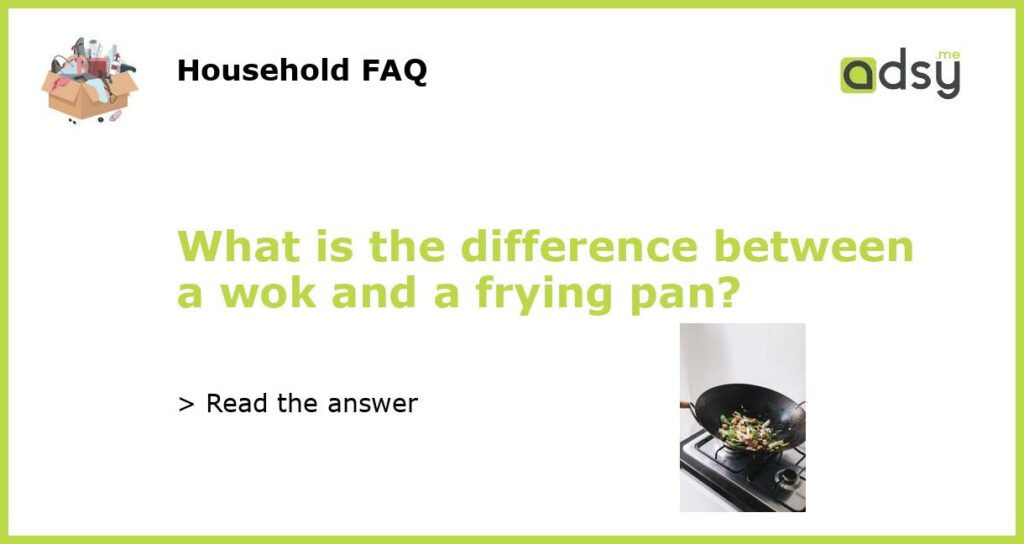The Difference Between a Wok and a Frying Pan
When it comes to cooking tools, the wok and the frying pan are two of the most commonly used items in the kitchen. While they may seem similar in function, there are actually several key differences between the two. From their shape and depth, to their cooking methods and versatility, understanding the distinctions between a wok and a frying pan can help you make the right choice for your cooking needs.
Shape and Depth
One of the most noticeable differences between a wok and a frying pan is their shape and depth. A wok is typically round with deep, sloping sides and a wide bottom. This unique design allows for even heat distribution and quick cooking. On the other hand, a frying pan, also known as a skillet, is usually flat-bottomed with shallow sides. The flat surface enables direct contact with the heat source, making it perfect for tasks such as pan-frying, searing, and sautéing.
Cooking Methods
Woks and frying pans are suited for different cooking methods. Due to its deep, sloping sides, a wok is ideal for stir-frying. The curved shape allows you to toss and flip ingredients easily, ensuring quick and even cooking. Additionally, a wok’s large surface area enables you to cook a large quantity of food at once. On the other hand, a frying pan excels in techniques such as pan-frying, sautéing, and shallow frying. Its flat bottom provides a larger surface area for direct contact with the heat source, resulting in a crispy and evenly cooked exterior.
Culinary Versatility
While both a wok and a frying pan serve specific cooking purposes, their culinary versatility also sets them apart. A wok can be used for much more than just stir-frying. It can also be used for deep frying, boiling, smoking, steaming, and even baking. The rounded bottom of a wok allows it to fit on a wok ring or wok stand, making it useful for various cooking techniques. On the other hand, a frying pan is primarily designed for stovetop cooking methods. However, it can also be safely used in the oven, making it a versatile tool for dishes that require finishing in the oven, such as frittatas or casseroles.
Cultural Significance
Aside from their functional differences, woks and frying pans also carry cultural significance. The wok is an essential tool in many Asian cuisines, such as Chinese, Thai, and Vietnamese. Its unique design and versatility make it a staple in these cultures’ cooking traditions. Conversely, frying pans are commonly associated with Western-style cooking. Their flat, wide-bottomed shape is often used for dishes like omelettes, pancakes, and sautéed vegetables.
While a wok and a frying pan may appear similar at first glance, they are distinct in terms of shape, depth, cooking methods, culinary versatility, and cultural significance. A wok’s round shape and deep sides make it perfect for stir-frying and a variety of other cooking techniques, while a frying pan’s flat bottom and shallow sides excel in pan-frying and sautéing. Understanding these differences will enable you to choose the right tool for your cooking needs, whether you’re exploring Asian cuisine or seeking to perfect your Western-style dishes.






